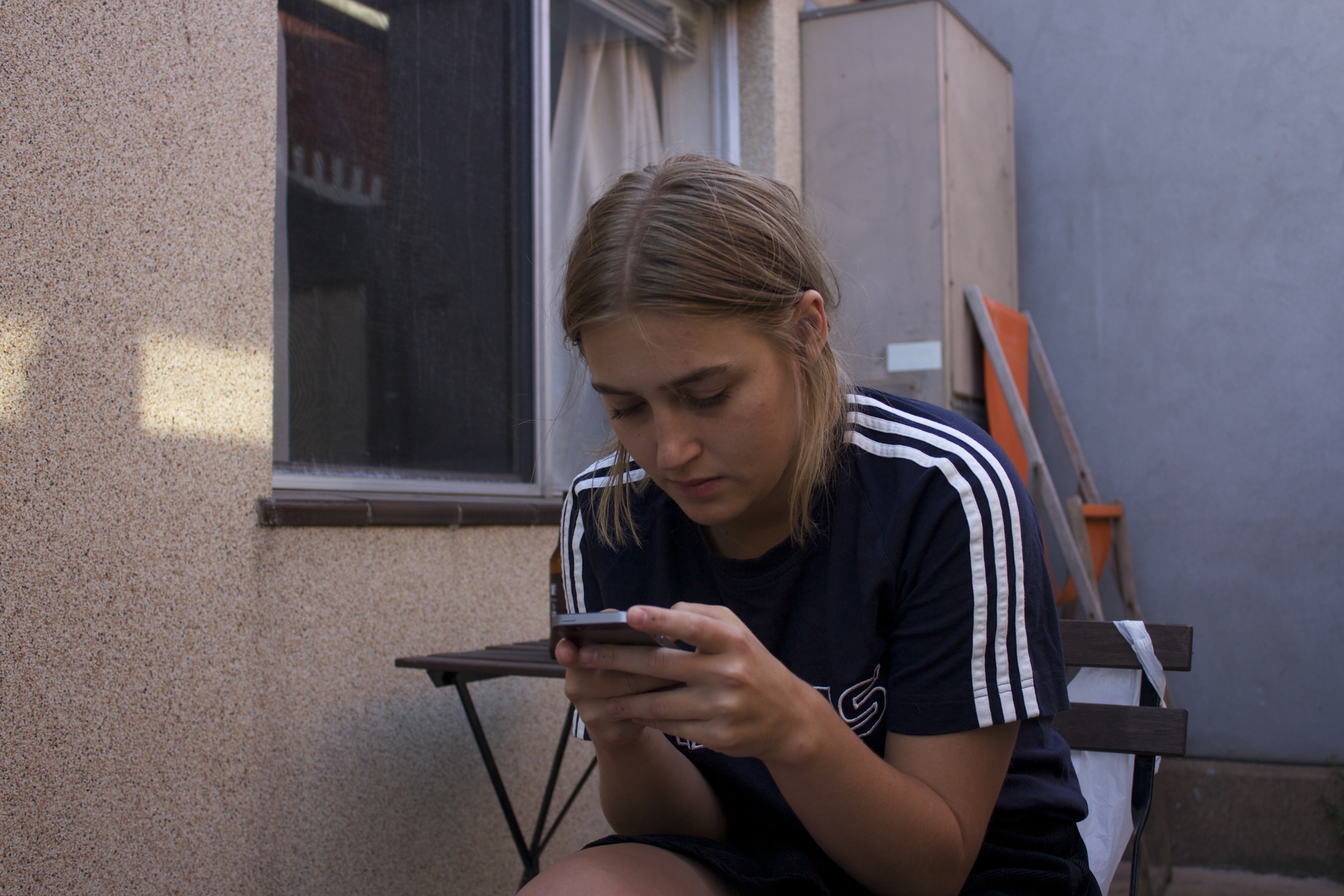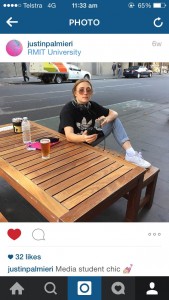This weeks focus on sound has got me thinking about how sound effects what we hear. I really like lyrically poetic music, and the way certain lyrics can help to paint pictures or transport you to a completely different time or place. Although that’s a very personal thing that will differ person to person. So instead of using that as an example, I got thinking about things or places, other than music, which use sound to get a point across. So I look to radio. Obviously radio needs to utilise sound to even become more than a pen to paper thing, to become something that can be experienced by almost all. Radio is worldwide, but a program that really sticks out in my memory as being one that is edited in such a way that it draws you right into the story, the place, the people; is Triple J’s Hack program. “Shoving the J in journalism”, Hack is a half an hour show that runs every afternoon Monday-Friday, with each episode centring around 2-3 issues and delving into them. The show aims to focus on issues relevant to Australian youths and young adults and stands to be one of the better sound-based projects I’ve ever heard. So here’s todays, for an example of how background and archive sounds are used to transport the listener to where the stories are unfolding.
Audio Player“Today we explore the parts of the Australian story… that we’re NOT proud of. We explore the meaning of the Cronulla Riots and our relationship with Indigenous Australia. With guest Joe Hilderbrand and Shannan Dodson.”



